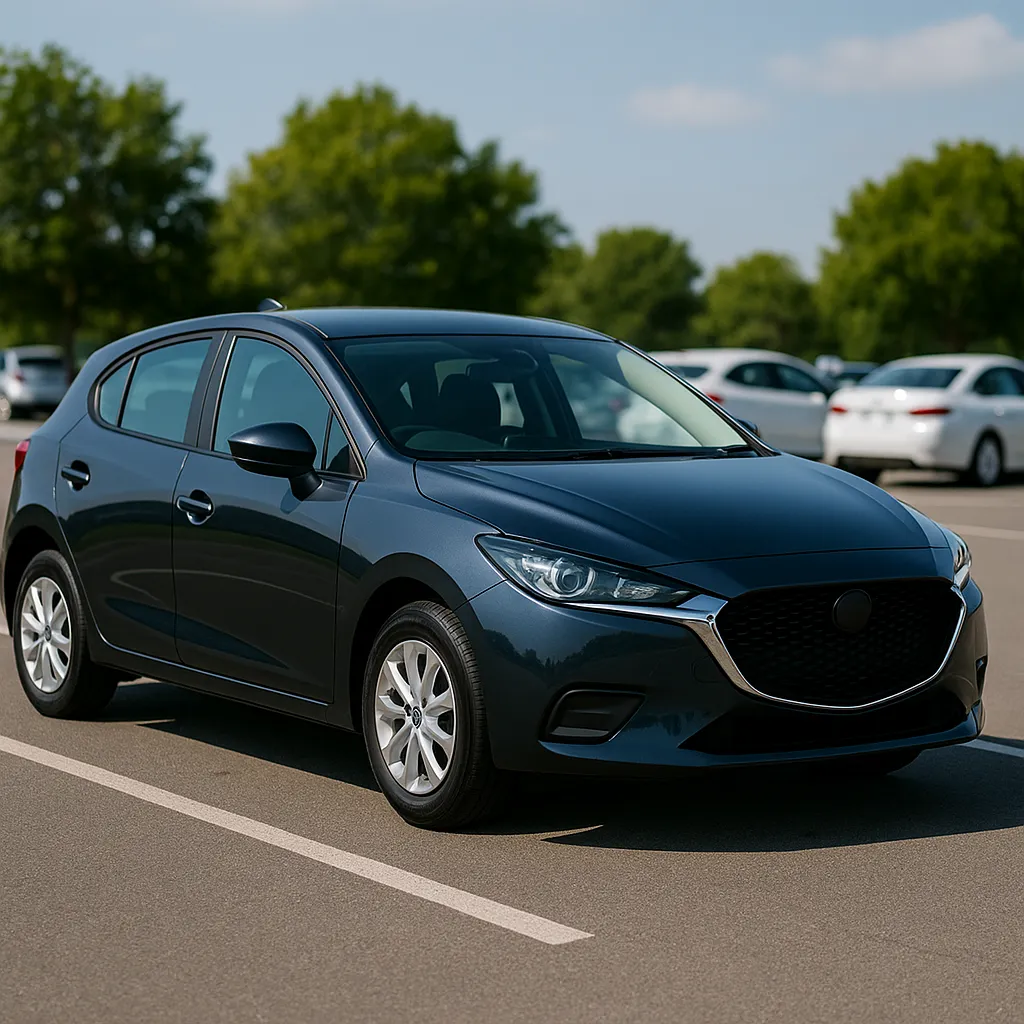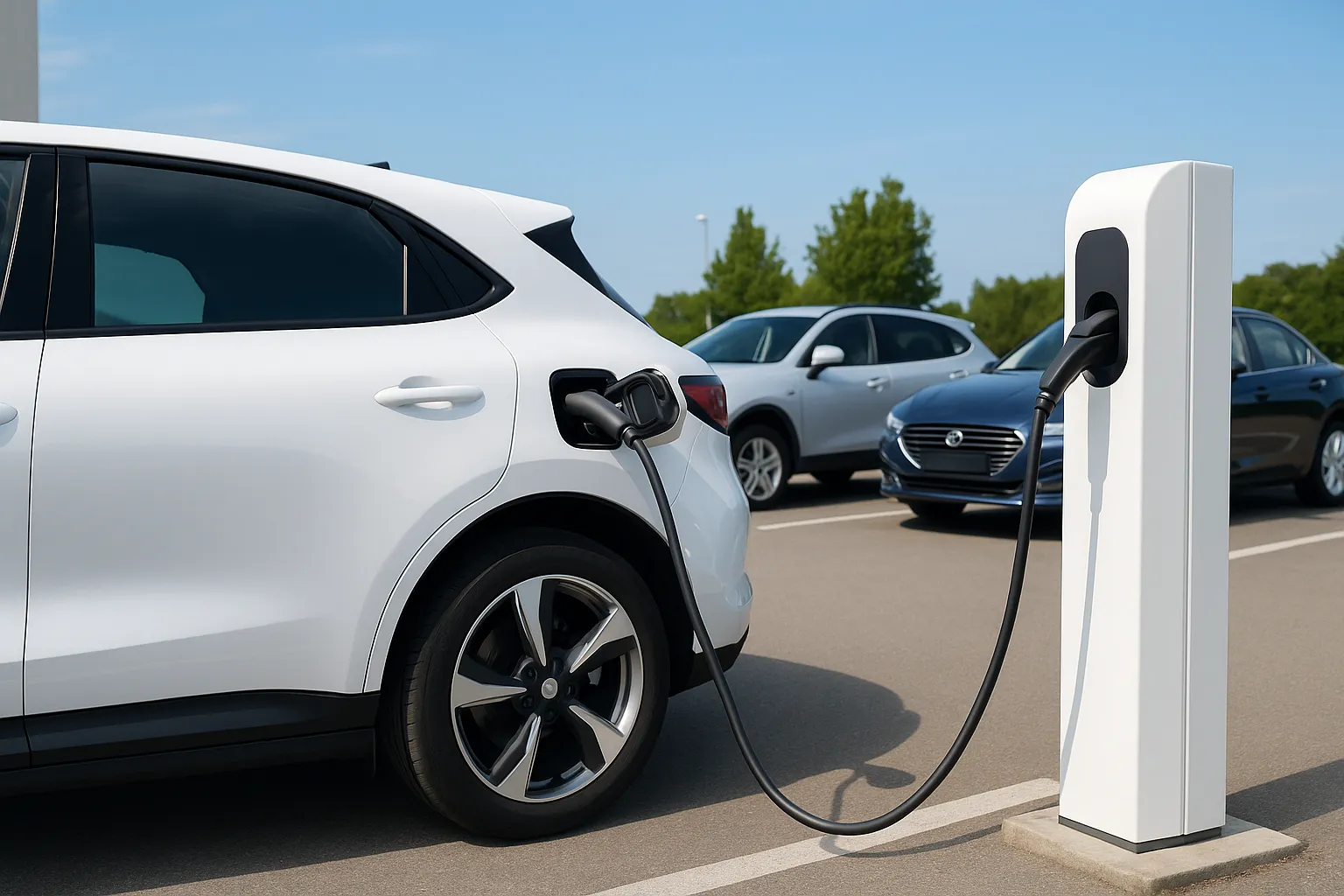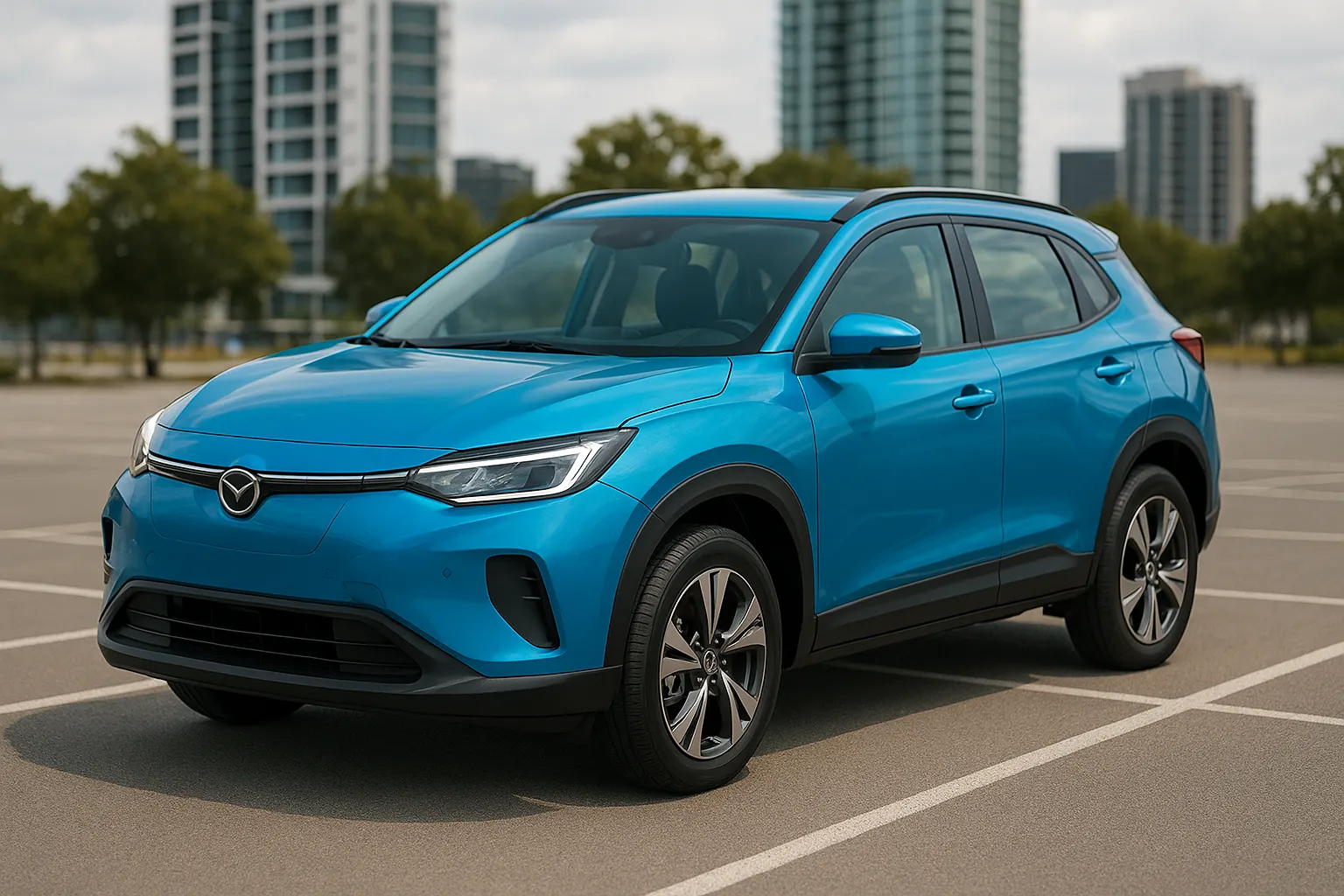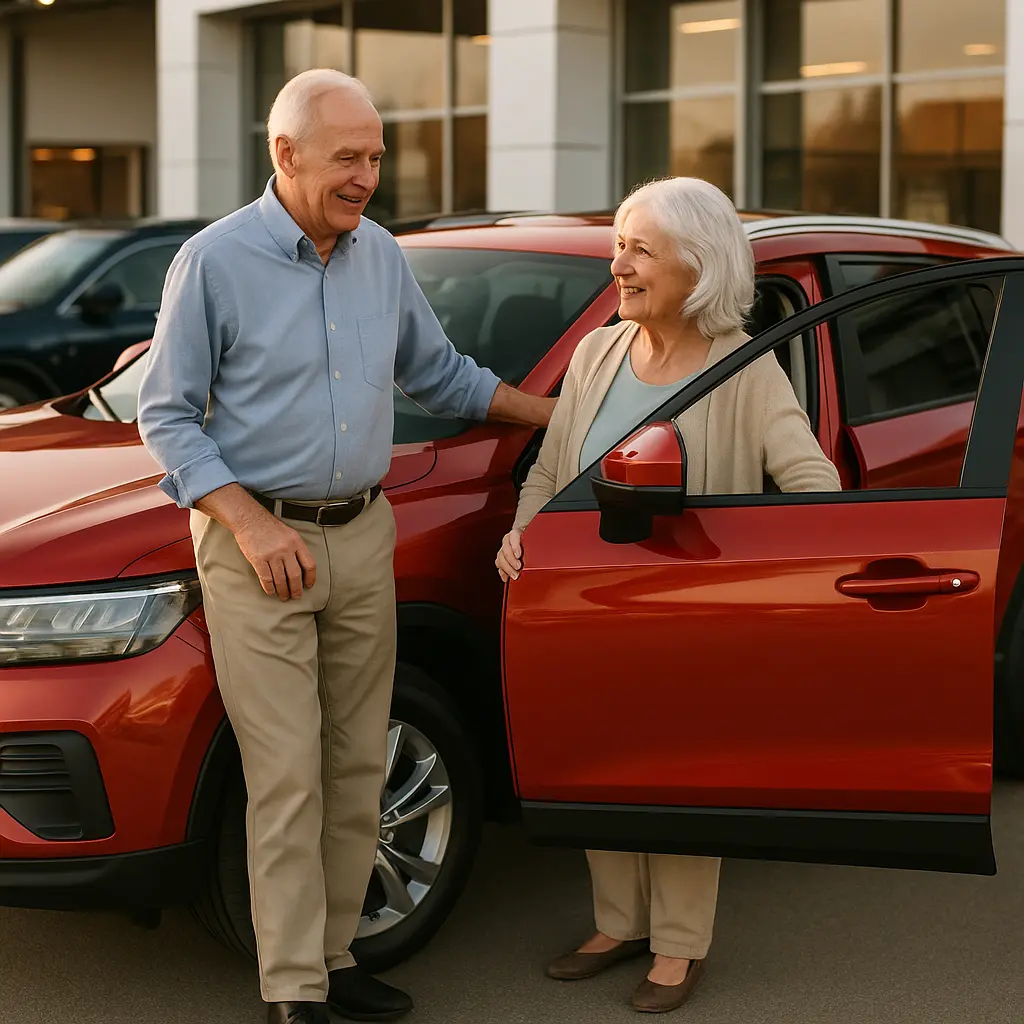In 2025, Australians are rethinking car ownership. With housing prices still high and economic pressures mounting, many are seeking flexible alternatives to traditional car buying or leasing. Enter the car subscription model—a growing trend that's disrupting how people access personal vehicles.
Car subscription services offer a new way to "own" a car without actually owning it. Instead of purchasing or leasing a car for a fixed term, you pay a monthly fee to access a vehicle with all-inclusive perks such as registration, insurance, maintenance, and sometimes even roadside assistance.
But are these subscription services worth it in the long run for Aussie drivers? Let’s break down the pros, cons, costs, providers, and compare them with leasing and buying to see if it’s a smart move in 2025.

What Is a Car Subscription?
A car subscription service is a flexible, all-in-one vehicle access model where you pay a recurring monthly fee to drive a car without taking ownership. Think of it like a Netflix for cars—pick the model, pay a flat fee, and cancel or switch vehicles when needed.
Most services include:
- Registration
- Insurance
- Scheduled servicing
- Roadside assistance
- Depreciation buffer
- Flexibility to cancel monthly
The major differentiator from leasing is the flexibility and inclusivity.
Why Are Australians Turning to Car Subscriptions in 2025?
Several factors are fuelling the adoption of car subscriptions in Australia:
1. Flexibility
With the cost of living and uncertainty in job markets, Aussies love the idea of no long-term lock-ins. Subscriptions allow month-to-month commitments.
2. Urban Living
City dwellers who don’t need daily transport prefer having cars only when required—especially in places like Sydney, Melbourne, or Brisbane where public transport is reliable and parking is expensive.
3. Inflation-Proofing
One predictable monthly fee covering all vehicle-related costs (except fuel and tolls) helps manage finances better during volatile times.
4. Digital Convenience
Everything from selecting the car to managing your subscription is done online, aligning with Australia’s tech-savvy population.
How Car Subscription Services Work
Here’s how it typically works in Australia in 2025:
- Choose a provider (like Carly, Blinker, or Motopool)
- Select your vehicle type – SUV, hatchback, EV, ute etc.
- Pick a plan – Monthly fee based on vehicle category and mileage.
- Get the car delivered or pick it up.
- Drive with peace of mind – Insurance, maintenance, and rego are included.
- Cancel anytime – No balloon payments or exit fees in many cases.
Major Car Subscription Providers in Australia (2025)
1. Carly
- Operates nationwide
- Offers a wide selection: Mazda, Hyundai, Toyota, Audi, Tesla
- Monthly plans start from ~$650
- Option to swap cars
- Strong fleet for EVs in 2025
2. Karmo
- Focuses on premium and business vehicles
- Flexible plans for individuals and fleets
- Customisable options
- High upfront deposit compared to Carly
3. Motopool
- Queensland-focused
- Offers both long-term and short-term plans
- Often used by regional users and businesses
4. Blinker
- Simple interface, minimal commitment
- A good selection of late-model vehicles
- Includes maintenance, insurance, registration
5. Carbar
- Popular in Victoria and NSW
- Option to buy the vehicle after a trial period
- Focus on fuel-efficient and compact cars
Typical Costs in 2025
Car subscriptions in Australia vary depending on the car type, location, and plan:
| Vehicle Type | Starting Monthly Fee | Inclusions |
|---|---|---|
| Compact Hatch | $650–$900 | Insurance, rego, servicing |
| Small SUV | $850–$1,200 | Same |
| EV (e.g., MG4, BYD) | $1,100–$1,600 | Same + EV support |
| Luxury Sedan | $1,800+ | Premium support & delivery |
Mileage limits vary between 1,200 km to 3,000 km/month. Exceeding that attracts surcharges.
Car Subscription vs Buying vs Leasing: 2025 Comparison
| Factor | Subscription | Buying | Leasing |
|---|---|---|---|
| Ownership | No | Yes | No |
| Upfront Cost | Low | High (loan or purchase) | Moderate (deposit/fee) |
| Commitment | Low (monthly) | High (loan/ownership) | Medium (1–5 years) |
| Flexibility | High | Low | Low–Medium |
| Running Costs | Included in fee | Out of pocket (insurance, rego) | Partially included |
| Vehicle Choice | Moderate (available fleet) | Unlimited (buy anything) | Depends on lease agreement |
| Depreciation Risk | None | High | Medium |
| Long-Term Cost | Higher | Lower over long term | Medium |

Who Should Consider Car Subscription in 2025?
✔️ Great For:
- Short-term workers or contractors
- Digital nomads or remote workers
- Families needing a second car temporarily
- Trialling an EV before committing
- Students or expats with limited stay
- People with poor credit or who can’t get loans easily
❌ Not Ideal For:
- Long-term car owners (3+ years)
- High-mileage drivers (commuters, sales reps)
- People who want full control or modifications
- Those looking for the cheapest transport
Are Subscriptions Cheaper Than Buying or Leasing?
Not necessarily.
In pure dollar terms over 3+ years, buying or leasing is often cheaper than subscription. But if you value flexibility, stress-free ownership, and avoiding unexpected repair bills, subscriptions provide peace of mind.
Consider this:
| Cost Over 3 Years (Estimate) | Subscription | Buying (Loan) | Leasing |
|---|---|---|---|
| Small SUV | $43,200 | $35,000–$38,000 | $39,000 |
| Luxury Sedan | $64,800 | $55,000–$58,000 | $60,000 |
| EV (BYD Atto 3) | $55,200 | $48,000 | $50,000 |
But buying adds the resale value. Subscription doesn’t.
The Role of Car Subscriptions in the Used Car Market
Car subscriptions are also influencing the used car market. Providers cycle their fleets every 12–24 months, resulting in high-quality, well-maintained second-hand vehicles hitting the market—boosting supply.
This is appealing for used car buyers in 2025, especially as traditional used car prices remain high.
Are There EV-Specific Subscriptions in 2025?
Yes—and growing fast.
With the EV boom in 2025, subscription services are now tailoring EV-only plans with features like:
- Free access to charging networks (in some tiers)
- Mobile apps with charging station locators
- Support for wall charger installation
- EV test programs (e.g., try before you buy)
Providers like Carly and Carbar are leading in this space.
Insurance & Finance Considerations
One of the biggest perks of subscription is bundled comprehensive insurance, often with lower excess. But drivers should check:
- Who the insurer is
- What excess applies (typically $1,000–$1,500)
- If they can add additional drivers
- Cancellation policies
Finance-wise, subscriptions don’t build equity, unlike loans. So you’re paying for use, not ownership.
Pros and Cons Summary
Pros:
- Monthly all-in pricing
- No depreciation worries
- No long-term contracts
- Easy to swap cars
- Minimal paperwork
- Suits urban & short-term drivers
Cons:
- More expensive over time
- No ownership benefits
- Limited vehicle selection
- Mileage limits
- High insurance excess
- Not ideal for frequent drivers
Tips Before You Subscribe
- Compare providers: Prices, insurance excess, mileage limits, swap fees.
- Read fine print: Some providers charge joining or cancellation fees.
- Inspect vehicle condition: Especially for pre-owned cars in the fleet.
- Consider your usage: If you drive 20,000+ km/year, it may not be worth it.
- Check for EV incentives: Some subscriptions are eligible for government EV subsidies.
What Does the Future Look Like?
Car subscriptions in 2025 are more than just a fad—they’re becoming a complement to traditional ownership. In cities, we may see more short-term vehicle hubs where people pick up and drop off cars as needed.
Manufacturers like Toyota, Volvo, and BMW are also experimenting with direct-to-consumer subscriptions. Some predict that by 2030, up to 15% of new car access in Australia could come from subscriptions or flexible mobility models.
Final Verdict: Are Car Subscription Services Worth It in Australia?
Yes—for the right people.
If you’re after ultimate flexibility, convenience, and don’t want the hassle of managing rego, insurance, and servicing, a car subscription in 2025 makes sense.
But if you want to maximise value and plan to keep a car for years, you’re better off buying or leasing.
In short:
- City-based, low-mileage, flexible users = subscription works well
- Long-term owners, high-mileage drivers = better off buying or leasing
Let carsoop.com.au be your trusted guide for all car ownership options—from subscriptions to used cars and EVs.
Stay tuned for more Aussie car tips, reviews, and updates!
Leave a comment
Your email address will not be published. Required fields are marked *




















